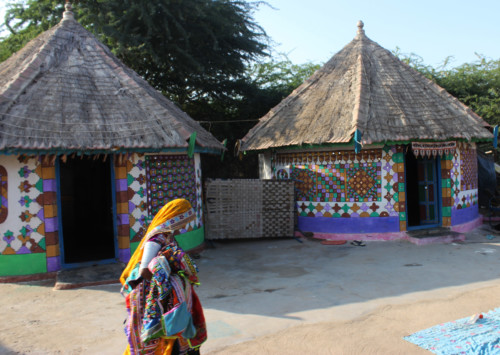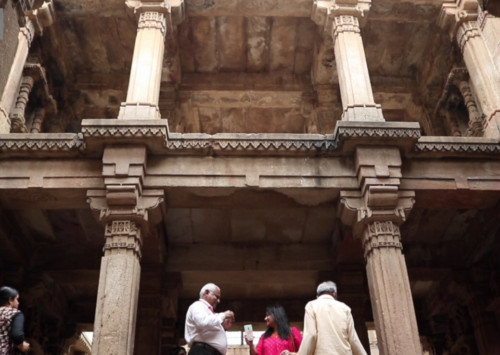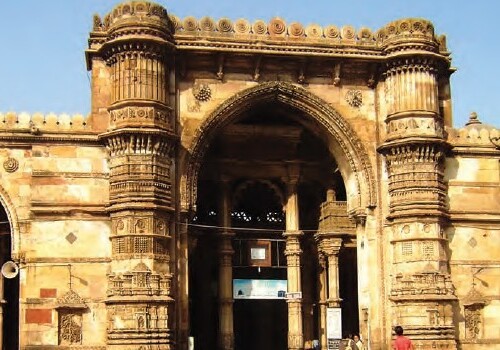Crown Jewel of Gujarat: Mesmerising Patan
India & You
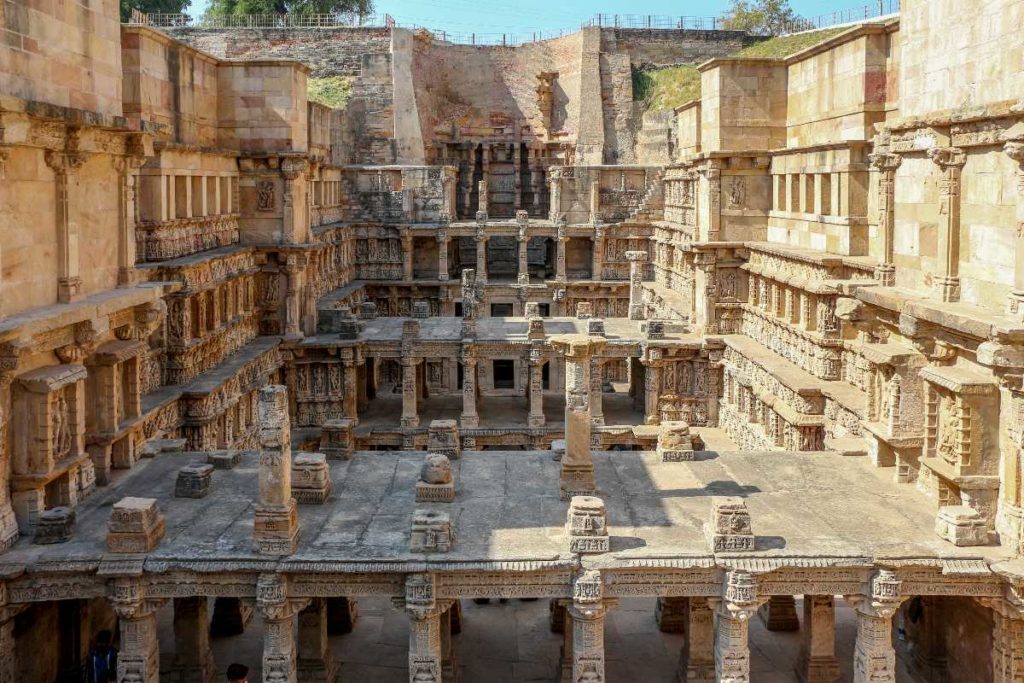
Rani-ki-Vav or the Queen’s Stepwell which was declared as the UNESCO World Heritage site on June 22, 2014
Flipping through the pages of history, we realise that monuments were not only built to showcase the rich culture but were also a symbol of power, stature and every aspect that defines a kingdom. Most of them were built by mighty kings for their loved ones; the Taj Mahal, for example, was built by Shah Jahan in the memory of his beloved wife, Mumtaz Mahal. A very magnificent piece of architecture and fine craftsmanship was built by Queen Udaymati in the memory of her beloved husband, King Bhimdeva- I of the Solanki dynasty, in 11th century AD at a place in North Gujarat that was once a storehouse of wealth, prosperity and rich culture.
Approximately 118 km from the capital city of Gujarat lays another city that served as the capital of the state for over 600 years, i.e from 746 to 1411. An ancient fortified town, founded in 746 AD by Vanraj Chavda who named the city ‘Anhilpur Patan’ after his close friend and Prime Minister Anhil, was also a home to one of the greatest Jain scholars, Hemachandra Acharya; a poet and a polymath who wrote extensively on grammar, philosophy, prosody and contemporary history. The then ‘Anhilwara’ and the present city of Patan in North Gujarat , is a home to some of the finest Jain temples and the abode of Rani-ki-Vav or the Queen’s Stepwell which was declared as the UNESCO World Heritage site on June 22, 2014. The flooding of this place over centuries had caused it to be submerged under a lot of silt deposits and it was in the 1980s that the Archaeological Survey of India took up the initiative to excavate this evergreen monument to bring to life its pristine form.
The elegant well which is 64m long, 20m wide and 27m deep is located on the banks of river Saraswati, and is one of the most developed, elaborate and ornate examples of a distinct Indian subterranean architectural structure. The central theme of the ‘Vav’ depicts the ‘Ten incarnations’ or ‘Dashavatars’ of Lord Vishnu, including Budhdha. The image of Vishnu reclining on the thousand-hooded serpent ‘Shesha’ forms the focal point of the ‘vav’ which is a breath-taking view. It is believed that the Lord rests in the infinity between ages.
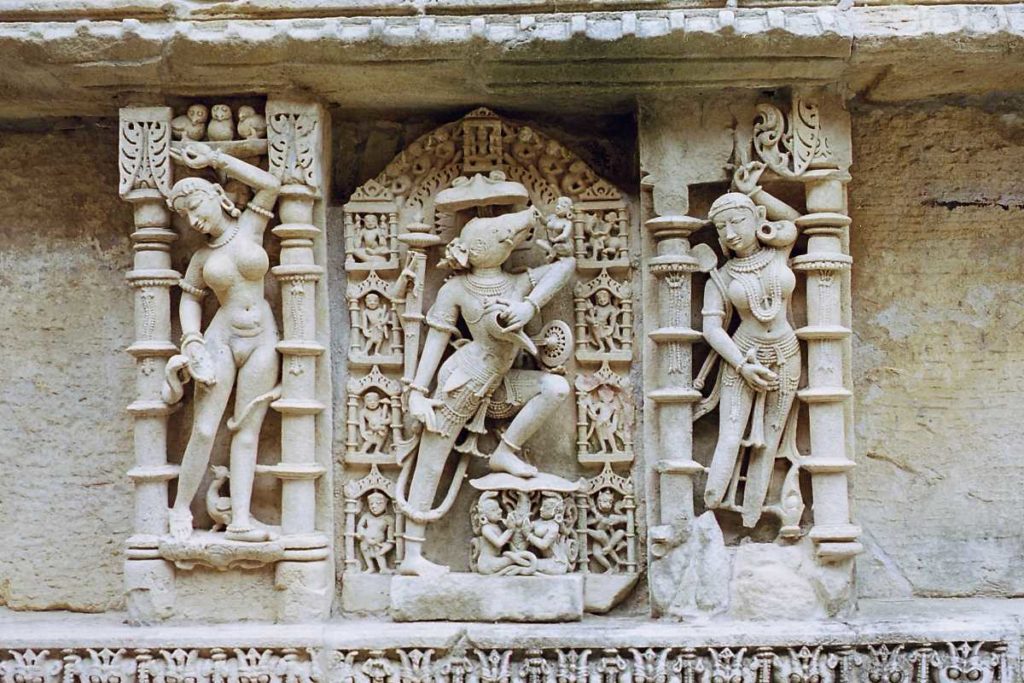
The Varah Avatar: The third incarnation of Lord Vishnu
Along with these forms, we also find figurines of sadhus, brahmins and a number of ‘apsaras’, who can be seen painting their lips, applying mehandi, grooming themselves etc. The practise is also known as the ‘solah-shringar’ and comprises of 16 components. The underlying reason for why one should pay attention to this marvellous art is the fact that it portrays the progressive nature of our people centuries before. An interesting aspect in the positions of these statues is the fact that they have been placed depending on the nature and the role of the divine people. For example, the photo shown below depicts a God between two apsaras, and you can find at the very corner, a sadhu, thereby depicting that people practicing the ascetic form of life are devoid of all forms of indulgence.
The step well is a single component of an elaborate water management system that is divided into seven levels of stairs comprising of sculptural panels of high artistic and aesthetic quality. There are more than five hundred principle structures and over a thousand minor ones combine to depict the religious, mythological and secular imagery, often denoting literary works at times too. Apart from the ten forms of Vishnu, various other deities such as Shiva (in the Tandav avatar), Goddess Durga, Lord Ganesha, Goddess Laxmi, Goddess Parvati, Goddess Durga (Mahishasur Mardini), Lord Brahma, Lord Kubera, Lord Bhairava, Lord Surya, Ashtadikpalas (guardians of the eight directions) and many others can be seen in the vicinity.
The ‘Rani-ki-vav’ bagged an award for the ‘Cleanest Iconic Place’ at the Indian Sanitation Conference (INDOSAN) in September 2016, which was inaugurated by the Prime Minister Narendra Modi, at Vigyan Bhavan in New Delhi.
Near the step well lies the Sahastralinga Talav – a medieval period water tank that has as many as 1,000 Shiva Lingas. And, one can’t miss the world-renowned Patola Heritage House which is also close by.
The rich culture, beauty and heritage of this place will surely make you be a part of history. Come, be a part of this amazing journey of culture, craft and art.
Let Patan captivate you!



